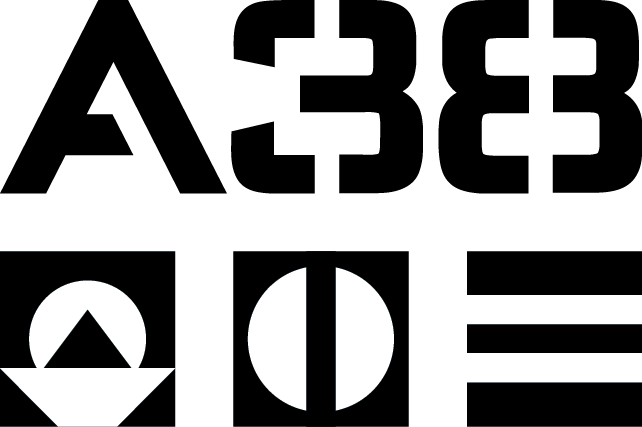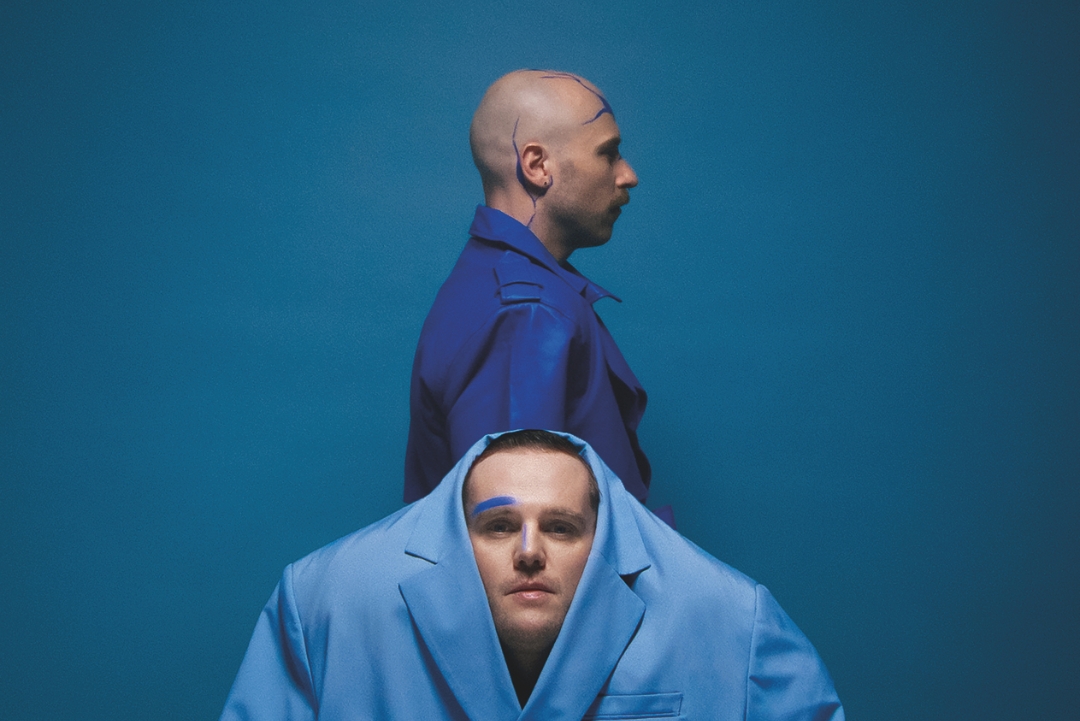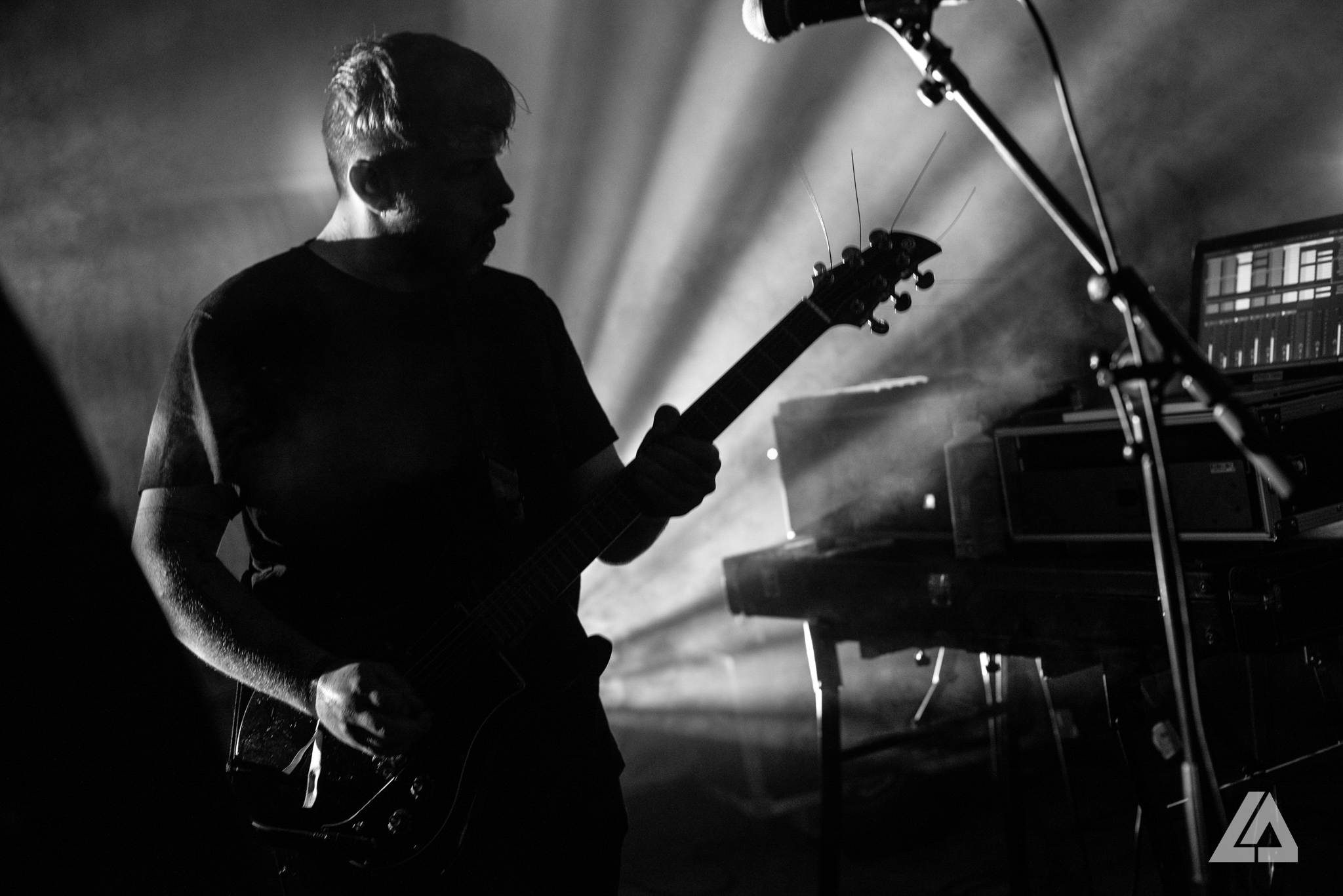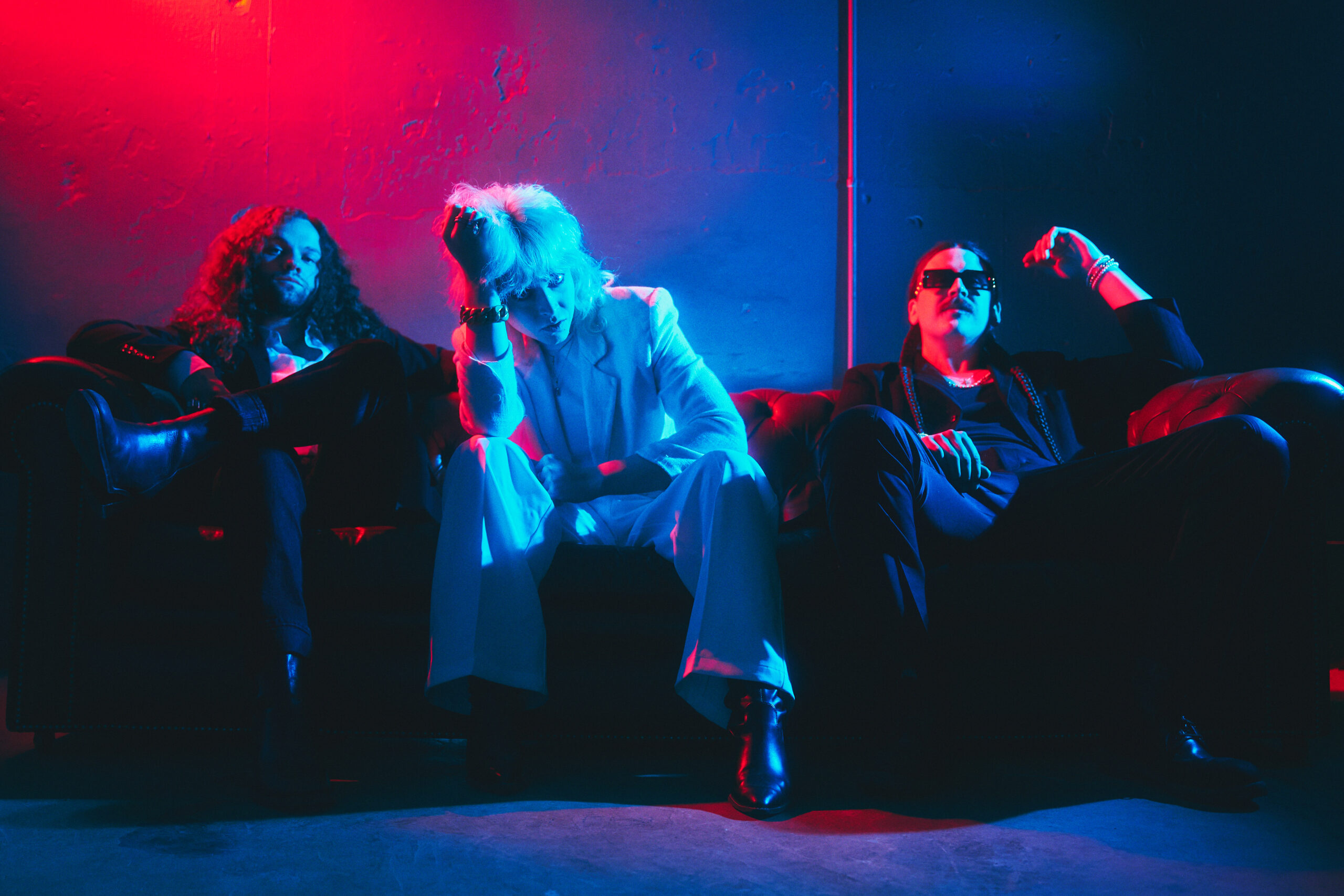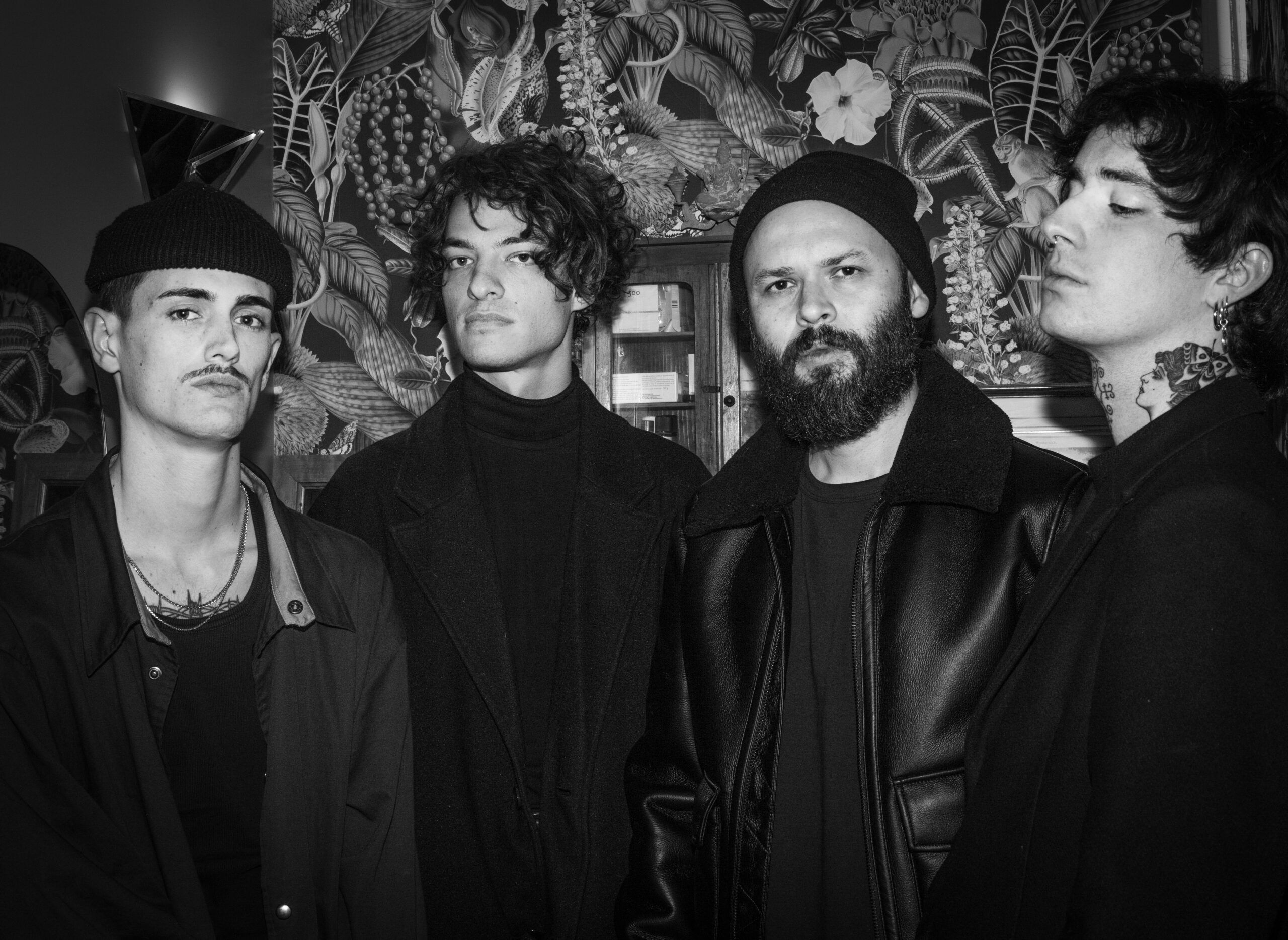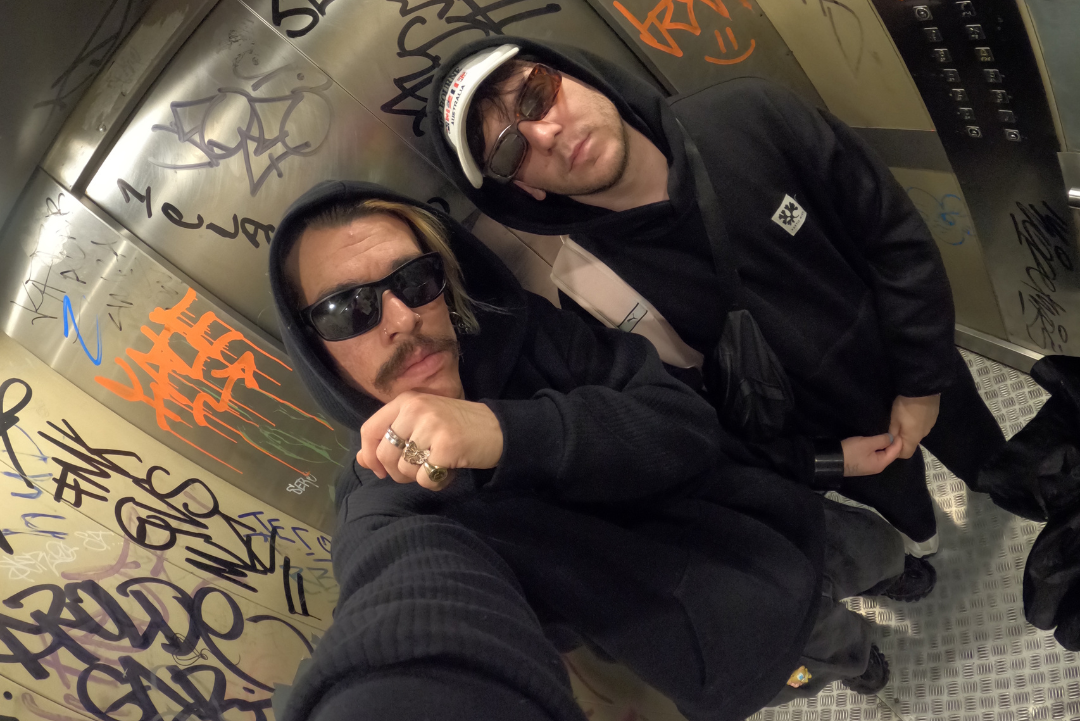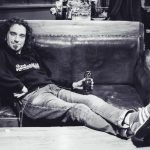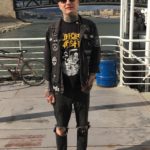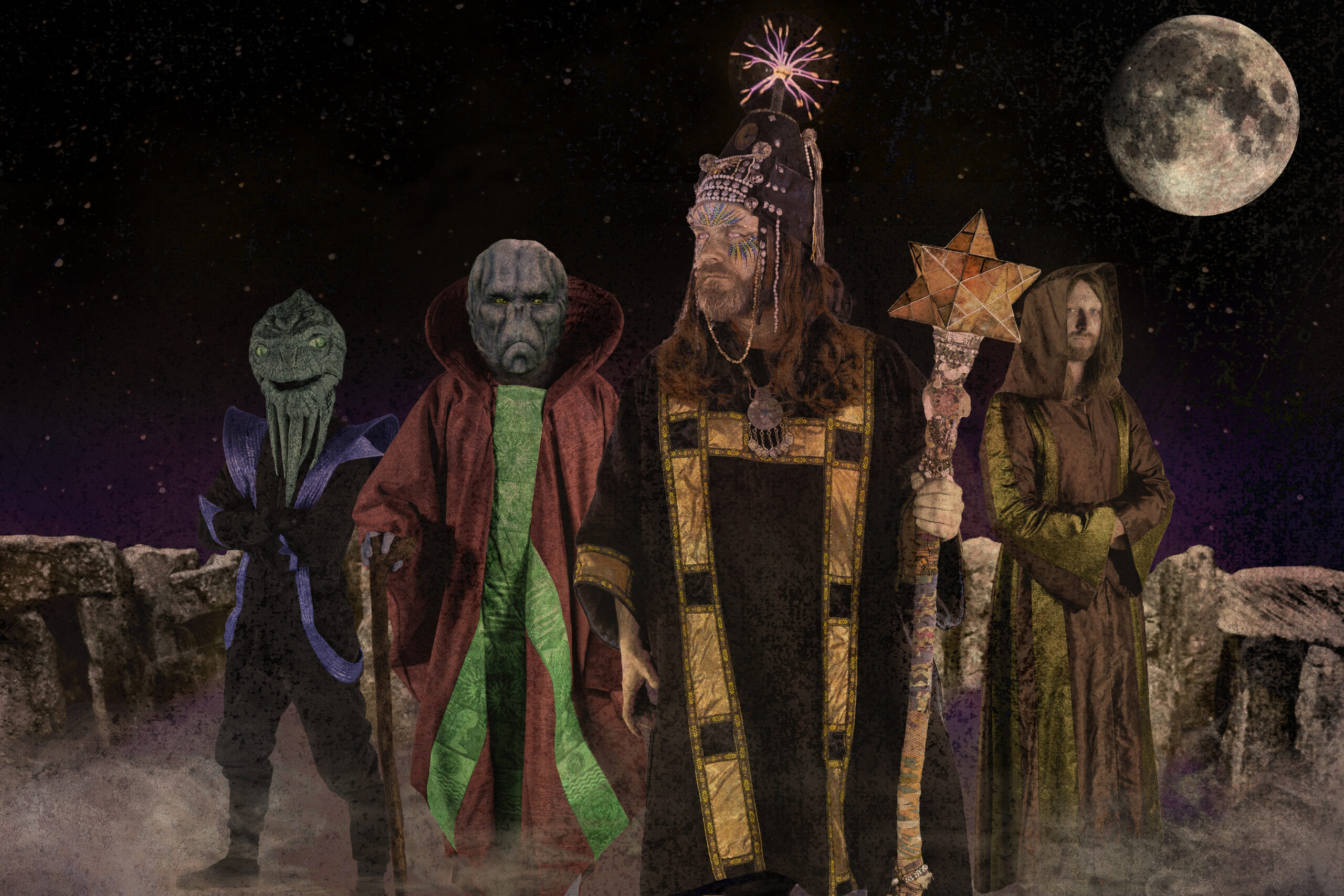Ahoy! Porcelain id | „I am actively working to cultivate a deep trust in myself as a creator”
As they prepare to take the stage at A38 on November 24, Porcelain id reflects on their evolving artistic journey, from the raw emotions of Bibi:1 to the intricate blend of sound and visual storytelling that defines their work. In this conversation, they delve into the complexities of performing deeply personal music live, the constant balancing act between authenticity and industry pressures, and how collaboration fuels their creative vision. Join us as Porcelain id shares insights on crafting genuine connections with audiences and seeking guidance for their craft in the black queer artist, activist community.
You’re about to perform at A38 Hajó in Budapest. How do you adapt your live shows to different venues and audiences? Do you change your set based on the vibe of the city?
Not exactly. The set list itself usually doesn’t change, but the energy of the show definitely shifts depending on the audience’s vibe.
As an upcoming artist, how difficult is it to let go of a song, say that it’s finished and show it to your audience? Were you afraid of how it is going to resonate with people?
For Bibi:1 I had a kind of “possessed” certainty that guided me through the making process. Apart from Adam & Low Poly, those songs pushed me to my limits in the studio and live. They were the hardest for me to perform emotionally and technically. So actually, in a way fear is a factor but in my case these two songs.
Your debut album Bibi:1 explores themes of delusion, heartbreak, and navigating life in a new city. How has performing these deeply personal songs live influenced your connection with them?
It has, to varying degrees, fueled the need for a paradigm shift in the way I approach my songs lyrically. I think my life between when they were written and the actual live shows has changed so much it does make it painful sometimes to perform. So my relationship to them has become one of a reflective nature more so than a reactive one, at the time.
You’ve said that you try not to overthink your sound and instead aim for authenticity. How do you stay true to that when performing live?
Funny I said that, I must’ve been thinking about the particular way I play guitar. Maintaining Authenticity to me is almost paradoxical but at its best it has been about allowing myself to be vulnerable in that very moment. Not reciting predisposed scripts and sharing what is on my mind and heart during the show itself.
You’ve spoken about the role of music as a coping mechanism. Does this function still play a major role for you when you create music? What other, new purpose do you see music serving in your life?
Right now I am actively seeking to inject my life in general with the works of black queer activist-poets, writers & musicians, filmmakers etc… I feel a profound need to seek out their guidance. I think this has changed.
Other than significant life experiences, what inspires you when you create music? What does your process look like?
Conversations, comments across the internet, my own memories and stories. Really, i have a deep inner i tend to get lost in. Cinema & poetry influence me more so the after-thoughts and writers of people involved in this field. Besides that I feel like I am hypersensitive mundanity & melancholy of people’s day-to-day movement. I am easily touched and excited I find.. When my mind allows me to catch these fantastic moments I work them into poems and text. Later repurposing them with the principal of the cut-up, or a version of it that works for me.
Do you feel pressure sometimes from the music industry to follow certain trends or shape your sound because of these? How can you stay true to your music in today’s fast paced world?
I think the pressure is on a larger level. Whether or not someone makes a conscious decision to make a sound that is not fashionable or has mainstream appeal, the financial implications of that can be abysmal. The way I stay true to what I believe is the right path for me is often by finding solace and support from the people I love to deal with the challenges that come from the struggle. On the other hand, I am actively working to cultivate a deep trust in myself as a creator. To stay excited about it all!
The visuals for your music are as intriguing as the music itself, featuring themes of blur and distortion. Can you tell us more about how the visual elements of your work complement the sound and emotion in your music?
The visuals came from my collaboration with Charlotte Foley as Creative Director, Maurice Luijten as editor, and Max Van Raamsdonk as cameraman, with all of us co-directing. We mixed everyday and unconventional elements to reflect my visual language.
For example, the use of blur or distortion, whether practical or in post, was inspired by A video essay on Tarkovsky’s “Ivan’s Childhood” and Charlotte’s film techniques. The blur, like moving through mist or tracing paper, represents persistent longing—an unsettling feeling that runs throughout the record.
Looking ahead, what’s next for Porcelain id in 2024? Are there any upcoming projects or collaborations you’re excited to talk about?
I’m excited about the beginnings of what could be the next record. I have an elaborate plan. Even more so to have time to immerse myself in my personal life again. To see more of my friends & family.
